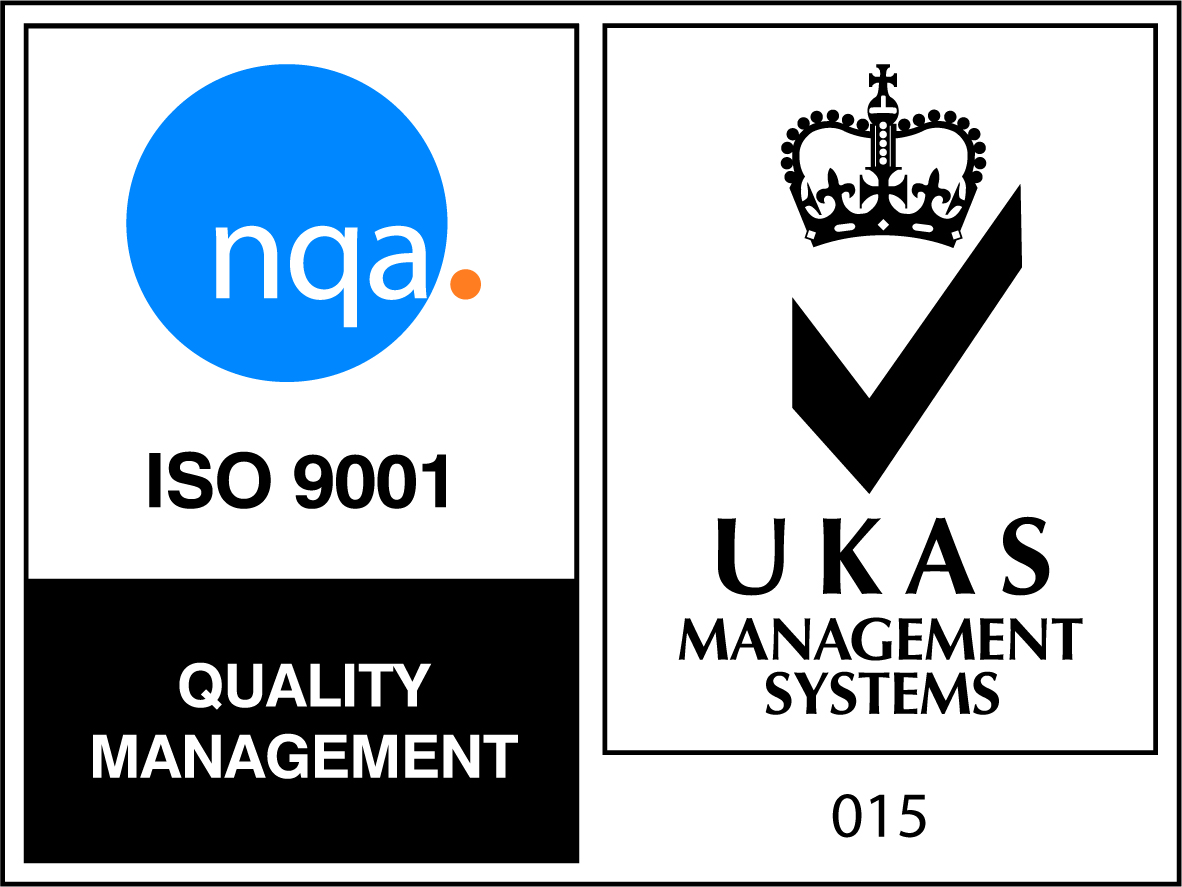The SHE Technician will be able to work in organisations of varying size and industry; the role could be based in one location or may involve travel across a range of contracts. The role will be partly office based and partly at the work front providing advice to others on how to work without harming themselves or others. The Technician will work with the management and delivery team of the organisation to advise on the statutory health, safety and environmental requirements as they affect the company’s operations. They will assist the management team in ensuring that the legal and company SHE requirements are implemented.
On a daily basis the SHE Technician will assist to develop, review and check on the implementation of safe systems of work, deliver training (e.g. toolbox talks & inductions), investigate incidents, analyse data and present findings to the management team. The SHE Technician will engage with all aspects of the organisation to support the embedment of a culture that ensures everyone is able to return to their family and friends unharmed every day whilst also protecting and enhancing the global land, air and water resources for future generations. This will be achieved by inspiring and influencing others to see the benefit of working responsibly, understanding the legal framework and showing how safety, health and environmental management can enhance operational activities.
All learners will complete both on and off the job training elements for this standard and at the end of their learning journey will complete a Level 3 Apprenticeship as a Safety, Health & Environment Technician. Dependent upon prior qualifications learners may also need to complete functional skills in English and Maths at Level 2 and ICT at level 1.
For the off the job training element, during the first six month’s of their programme the learner is required to attend our training academy to undertake seventeen days of training on the following subjects in order to ensure they gain knowledge, understanding and competence to further enhance their Knowledge, Skills and Behaviours working within Health & Safety:
All off the job knowledge elements cover the foundations for the IOSH Managing Safety and the NEBOSH Level 3 Certificate in Health & Safety. Companies have the option to pay a top up fee to gain these qualifications outside of the Level 3 Apprenticeship should they so wish.
Throughout their programme further enhancement to knowledge, Skills and Behaviour will be introduced through modules covering:
In addition to the above further enhancement to knowledge, Skills and Behaviour will be derived from individuals requiring to undertake a work place project putting into practise the theory delivered; along with building a portfolio of evidence to demonstrate competence which culminates as part of their End Point Assessment in a presentation to give an overview of what they have achieved.
The moral reasons for good safety, health and environmental working practices, ensuring no harm to people or the environment.
The statutory health, safety and environmental legislation and sources of associated guidance and information applicable to their working environment. E.g. Health and Safety at Work etc. Act 1974, Management at Work Regulations 1999, Environmental Protection Act 1990, Environment Act 1995.
How a SHE Management system works, the range of standards which a typical HSE professional would be involved with e.g. OHSAS 18001, ISO 45001, ISO 14001 and if applicable how these are applied in their working environment.
Appropriate methods for identifying, evaluating and controlling hazards relevant to their workplace. E.g. 5 steps to Risk Assessment and involving people who are experienced in the activity.
The range of work activities in a given situation and identify how to prioritise and scope out the hazards with the potential to cause harm and/or loss.
The difference between occupational hygiene, health surveillance and health and wellbeing campaigns and methods for implementing these in the workplace.
How to plan and have systems in place to manage change during an activity relevant to the working environment.
How people think and why they make decisions which can lead to risk, how behaviours can be used, the components of a behavioural program and potential blockers to the successful implementation of a behavioural programme.
How to plan for Safety, Health or Environmental emergencies – e.g. accidents, exposure to hazardous substances, fire, pollution.
Theories for incident causation and prevention such as James Reason’s Swiss Cheese model, Heinrich and Hertzberg theories (Domino, Competency Matrix) including behavioural considerations and implications on business risk (fines, reputation, lost work etc).
How to write and present a business justification e.g. cost/benefit analysis to influence managers.

